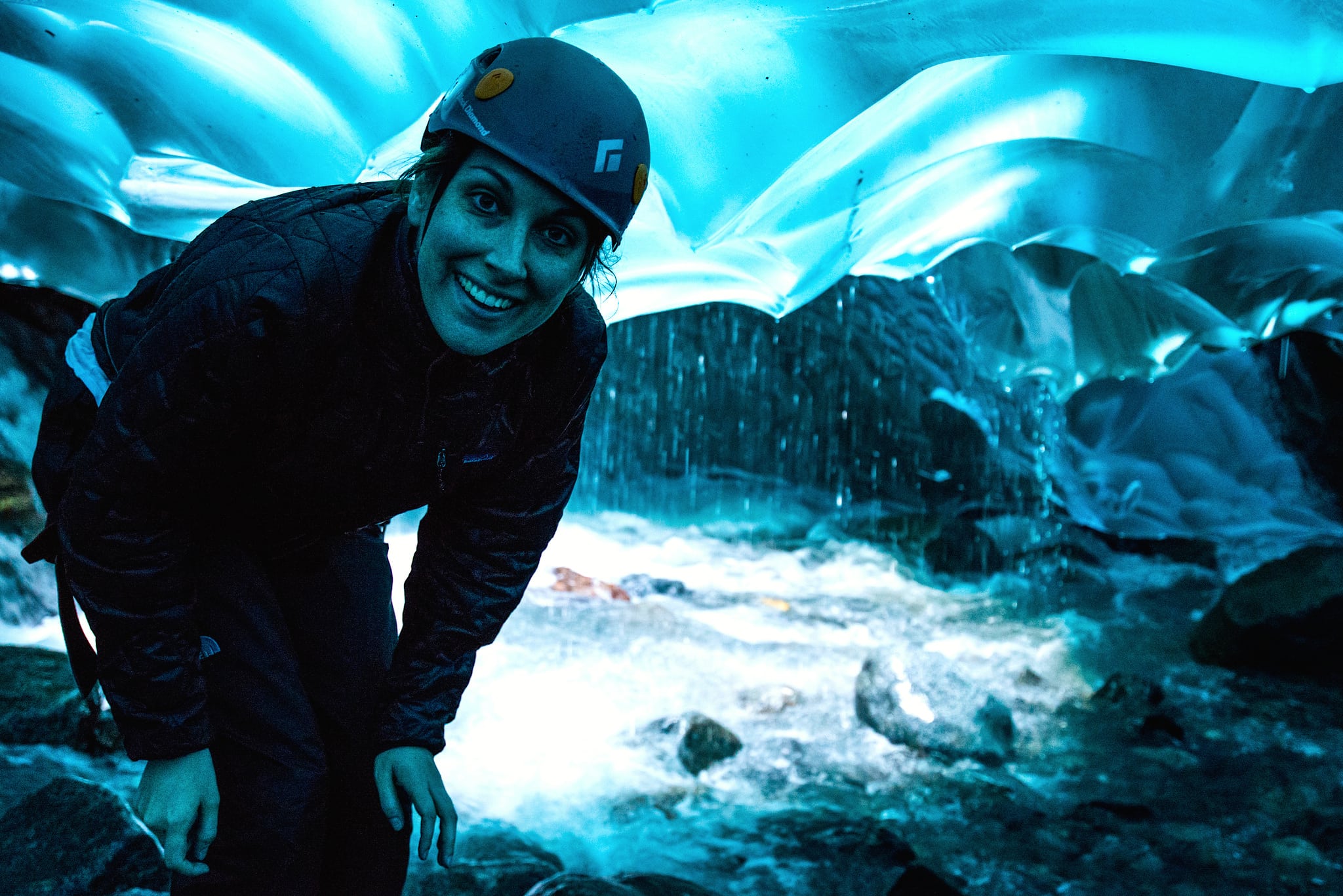Skift Take
Amid the growing industries of agritourism and voluntourism, there exists smaller and more unique tourism businesses centered on activities as diverse as spelunking and cognac-making. Tapping into these still nascent niche communities could prove good business for enterprising destinations.
Most tourists don’t go looking for damp dark destinations; however, some who have fallen in love with the sport of caving are traveling worldwide to find the best spots. Others happen into the activity through circumstance or hotel brochure.
Caving is a potentially dangerous activity that can be deadly without proper equipment or assistance. For this reason, it is one activity that is almost always done in coordination with a tour operator that requires tourists to wear a helmet, harness and cave suit.
Caving is available in a surprisingly broad range of locations from Kentucky to Belize. Even more developed European destinations including Belgium and Spain promote caving as part of their outdoor activity options.
Caving, however, is rarely one of the first activities that come to mind when choosing a destination and tourism boards rarely tout it as a top attraction. Perhaps for those reasons, few keep track of the total impact caving has on their local economy and industry.
Belize, for example, has 12 caves that tourists can visit and at least 10 tour operators run expeditions costing between $75 and $125. The country’s tourism board; however, is also unable to calculate how many tourists arrive specifically to go caving.
Unexpected Destinations
One destination that does keep track of its cave’s impact is Kentucky. Forgetting bourbon trails for a minute, we found that caving has a significant economic impact in Kentucky.
Last year Mammoth Cave generated 494,541 recreational visits and $40,33 million in visitor spending, as well as supporting 567 local jobs.
“Caving is a huge area of interest for travelers coming to Kentucky,” says a Kentucky Tourism spokesperson. “Because it is such a unique experience, and with Mammoth Cave being the largest cave system around totaling more than 400 miles, people travel from all over to see the national park.”
Mammoth Cave is a national park and the longest cave in the world, stretching almost 250 miles in eastern Kentucky — both reasons why Kentucky keeps such close tabs on its impact.
Caves Without Tourists
South Africa has caves scattered across the country, but only six are open to tourists, with several more paleontology sites accessible only by invitation.
“Any tourism caving in South Africa and particularly north of the cape is limited by the risk of contracting Histoplasmosis, a rather severe lung infection, with the added issue of most South African caves are low-energy fragile sites easily impacted by human traffic,” explains Pete Kenyon, chairman of the Speleological Exploration Group and one of the founders of the South African Speleological Association.
“Essentially caving is not a big sport or recreational activity with probably less than a few hundred active cavers in the country.”
The Daily Newsletter
Our daily coverage of the global travel industry. Written by editors and analysts from across Skift’s brands.
Have a confidential tip for Skift? Get in touch
Tags: activities, outdoors
Photo credit: A tourist looks inside a cave in the Mendenhall Glacier in Juneau, Alaska. Andrew Russell / Flickr
